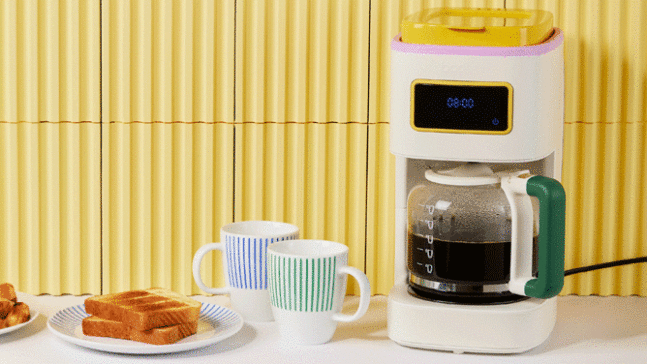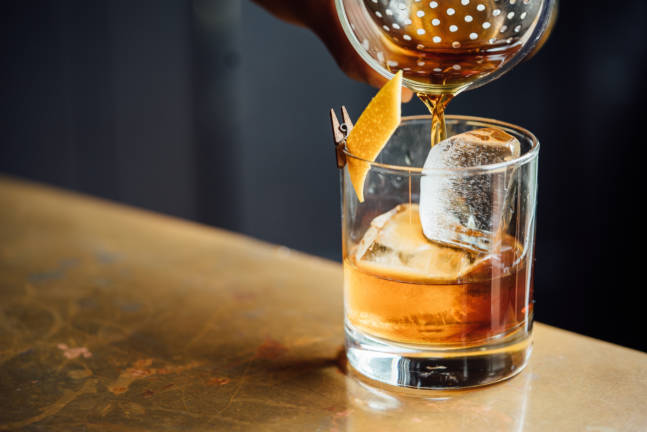The Cicerone Beer Style Profiles flipbook and its expansion pack, both of which I used to help me put this guide together, list 60 different beer styles between the two of them and those 60 are by no means exhaustive. By contrast, almost every brewery I’ve visited in the past few years has had taplists that are about 90 percent IPAs, with a few mediocre stouts, pilsners, or blondes thrown in to appease those of us who otherwise would’ve turned around and walked out immediately.
We’re in danger of slipping into homogeneity. But it doesn’t have to be this way. Branch out and consider this list the next time you feel like reverting to the style you always get.
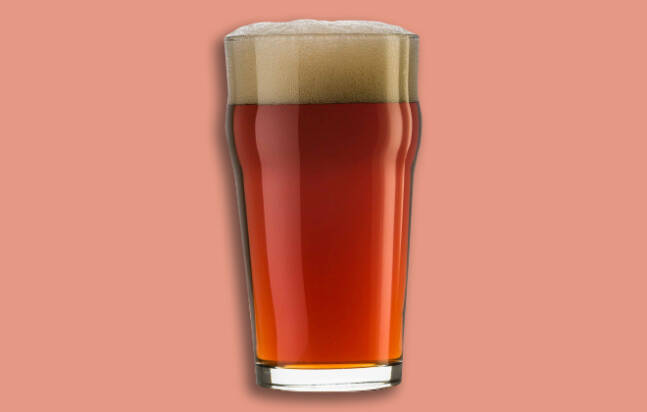
Ordinary Bitter
West Coast IPA
Try: Ordinary Bitter, Strong Bitter, Best Bitter
Ordinary, strong, and best bitters are all English beers. An appropriate knee-jerk reaction here would be to wonder why I’m pushing West Coast IPA drinkers toward English beers. England is a place where the people can seem to be nationalistically proud of their bland food and beer. The West Coast is a vibrant place where interesting people kicked off American craft brewing with a flavorful reimagining of obscure beer styles. The answer is because the same hopping philosophy undergirds the traditional beer styles of both places, and American beer drinkers could actually learn something from them.
A West Coast IPA has pounds and pounds of hops added to the boil in order to make the most bitter beer human mouths can handle. That comes from how long you’re boiling hops for a West Coast IPA, which translates to how long you’re breaking apart the molecules responsible for flavor and aroma. You’re literally destroying the nuance of a hop in favor of its bittering potential.
When it comes to any of those three English bitter styles, there’s still nuance to the bitterness, as well as an element of restraint. Hop additions straddle the line between destruction and flavor extraction, imparting more of the hop’s herbal characteristics. The maltiness of the beer also isn’t overtaken by the bitterness, which, in my experience, translates to greater drinkability.
If you’re someone who wants to talk about International Bittering Units (IBUs), we can throw around some numbers. An American IPA is generally somewhere between 40 and 70 IBUs, an ordinary bitter is between 25 and 35, a best bitter is 25 to 40, and a strong bitter comes in between 30 and 50.
The English bitter I’ve seen around most commonly is Fuller’s London Pride, and it will give you a good idea of what I’m talking about.
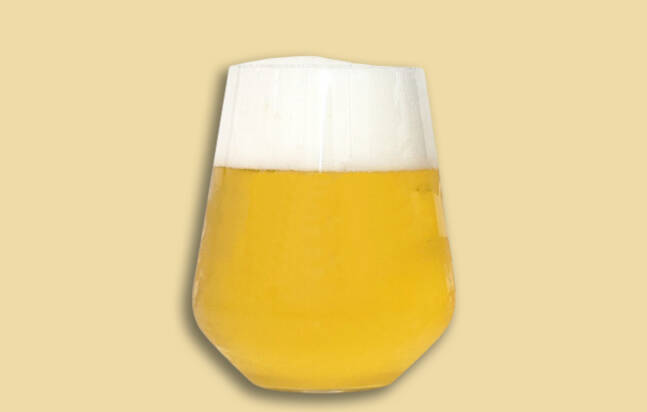
Dry Hopped Pilsner
Northeast IPA
Try: Dry-Hopped Pilsner, any American take on a traditional style
A dry-hopped pilsner is a great beer for showcasing a hop’s flavor and aroma. The pilsner base itself is clean and crisp, making it a sort of blank canvas for whatever hop the brewers used during fermentation. That’s not to disparage pilsners as tasteless or bland, just that dry-hopping one works off the same logic as a Northeast IPA. The grist bill is heavy on base malt to create a beer that’s generally light in color and taste that won’t compete with the hops. Dry-hopping takes that one step further by adding hops to fermentation itself, which extracts maximum flavor and aroma. The most prevalent example of a dry-hopped pilsner would have to be Firestone Walker’s Pivo Pils, which pulls its inspiration primarily from Italian brewing tradition, though it still fits squarely in the modern American brewing zeitgeist.
This is also a good place to explain that seeing “American” before any kind of traditional style, be it a stout or porter, pale, brown, red, or amber ale, generally means the beer’s been heavily hopped. Higher hopping rates are part of the modern American brewing philosophy, and the increasingly extreme hopping rates of America’s craft pale ales and IPAs rubbed off on other styles. Whether it’s an Irish style stout, an English inspired brown ale, a Czech pilsner made here, or even a barleywine, which should have been safe, everything tastes like it was hopped like an IPA.

Brown Ale
Stout/Porter
Try: Brown Ale, Red Ale, Schwarzbier
Stouts and porters are the same thing. It’s good to get what could cause the most confusion out of the way as quickly as possible.
Brown ales are a slightly more approachable version of a stout, where the bitterness of the roast is generally dialed back in favor of caramel or nutty notes. It’s a style that’s been split across the Atlantic, with the English sticking closer to tradition with sweet, malty beers and Americans hopping the shit out their versions. For a good English example, find one of the bottles of Samuel Smith Nut Brown Ale that has usurped Newcastle Brown Ale. Bell’s Best Brown is a go-to American example.
It boggles my mind that red ales aren’t more popular in every American bar and brewery, and I’m counting amber and copper ales in that mind boggling. They’re smooth, sweet, and low ABV for those of us who want something to stick with for an extended session. They’re complex for the nerds among us who want to show off our palates but simple enough that you don’t have to think too hard about them if you don’t want to. Plenty of them even play up the Irish angle so many of us love to abuse once a year. Great Lakes Brewing Co. has one of the best American reds in the Irish tradition with Conway’s Irish Ale and Bell’s Amber Ale for the American bent. Pre-reformulation, I would have said Fat Tire but I haven’t tried the new version and, honestly, I don’t really plan to.
As for schwarzbier, it’s a style I’m desperately willing to have its own moment in the spotlight. It’s been on tap at a handful of trendy New York bars I’ve been in and was one of the Brewers at Play beers early in my time at Kinnegar in Donegal, Ireland. It’s a style I’m enamored with because of the way it improves the drinkability of stouts, where the lagering process actually smooths out the rough edges of a beer style I already thought was near perfect. They’re basically lagered stouts and should be on tap everywhere. But they’re not, so you’ll have to do some hunting. Try to find Köstritzer Schwarzbier for the German original and beg your local nanobrewery to take a chance on a small batch.
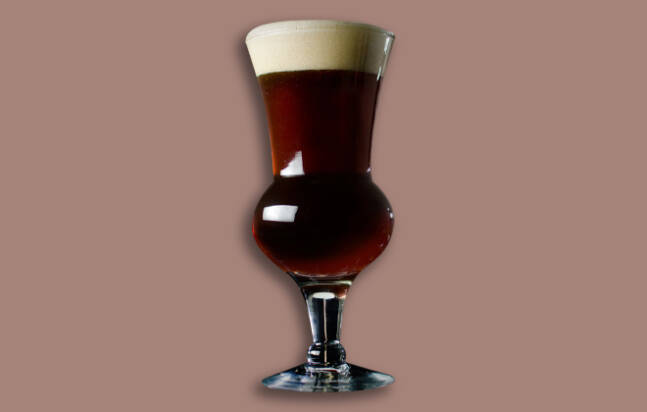
Doppelbock
Imperial Stout
Try: Wee Heavy/Scotch Ale, Doppelbock, Barleywine
Imperial stouts grate on me the same way IPAs do. Most people making them have all the subtlety of a sledgehammer. The flavors come from heavy handed syrups and extended aging sessions in whiskey barrels. The former gives it a sickly artificial flavor while the latter turns the beer so boozy I can’t drink a 12-ounce bottle myself without getting a DD to walk me from my living room to my bedroom. It’s sad because a well made imperial stout takes everything I like about stouts and boosts them. They’re slightly maltier, a bit roastier, and an ABV that stops you drinking six but relaxes you after one.
Other dark, higher ABV styles haven’t been corrupted quite the same. If you see a wee heavy (also known as a scotch ale), a dopplebock, or a barleywine on a brewery’s menu, they’re likely a brewer’s passion project, not a fad-following cash grab.
A wee heavy follows the Scottish tradition of lightly hopped, extremely malty beers. Their origin, as I heard it from the head brewer where I work, comes from an extended, hours long boil that caramelizes and concentrates the sugars in the malt and reduces water content enough to turn the wort almost syrupy, modern iterations are likely using high quantities of roasted malt to get their color and sugar content where they want it. A good modern example is coming out of the Icelandic brewery Einstok.
Doppelbocks originally come from monks in Munich and are simply a beefier version of Germany’s normal bock style. As the story goes, it was a liquid sustenance brewed to carry the monks through Lent. A solid pick for a good doppelbock is the Tröegenator from Tröegs. I had one on a visit there back in the summer of 2022 and can personally vouch for its quality.
Barleywines are trickier to nail down, though can be roughly divided into two camps, both with roughly the same ABV. American style, as you’d expect, have higher hop content, while the European style holds closer to the name. Sierra Nevada’s always a reliable source for a solid example of almost any beer style and their Bigfoot barleywine is no different. For something in the European style, look at Aaron from Hill Farmstead in Vermont.

Blonde Ale
Light Lagers/Pilsners
Try: Blonde Ale, Weissbier, Witbier, Kolsch
This section is mostly aimed at the people who come to my brewery, tell me they like Miller Lite, then make me pick something for them. They’re easy customers to please because we always keep something on tap for people like them, but I feel bad these people don’t go a little further outside their comfort zone. Part of me blames brewers for customers’s lack of exposure. There are so many styles with significant overlap that there’s really no excuse to not make more of them. But then you get into a feedback loop of brewers not making styles because they don’t sell because customers haven’t heard of them, but customers haven’t heard of them because brewers aren’t making them because when they do make them they don’t sell.
Blonde ales are basically the ale versions of these kinds of lagers. They usually have similar malt bills to a standard lager, maybe with something a little toastier just to get the color to blonde or gold. It’s also the most common of the alternative styles I’m recommending, seeing as how it feels like Kona’s Big Wave is on tap in every fifth bar I go to these days.
Weissbiers are a German wheat beer style, where the requirement is at least fifty percent of the malt bill being made up of wheat malt. The import section of any good liquor store always has a few of these from Germany, with Hofbräu München Hefeweizen and Weihenstephaner Hefeweissbier being your two safest bets. Most craft breweries also have one on tap, or are at least thinking about putting one on tap.
A witbier is a weissbier, but Belgian and slightly weirder tasting. They spice theirs, where if Germans did that, they couldn’t call it beer. New Belgium makes a Belgian White version of their popular Fat Tire ale, though no word on if the recent reformulation of Fat Tire has affected the white version.
Kolsch beers sound fancier than they are. Their main distinction is being an ale fermented at lager temperatures. This allows ale yeast to influence the final flavor of the beer without sacrificing the smooth drinking qualities of a lager. There’s a consistent, low level push by beer nerds to restrict the kolsch label to beer produced in Cologne, but it’s unlikely it’ll ever succeed. Too many international breweries have adopted the style for them to ever support a pivot. Case in point, Schlafly is putting out a more than serviceable kolsch.



